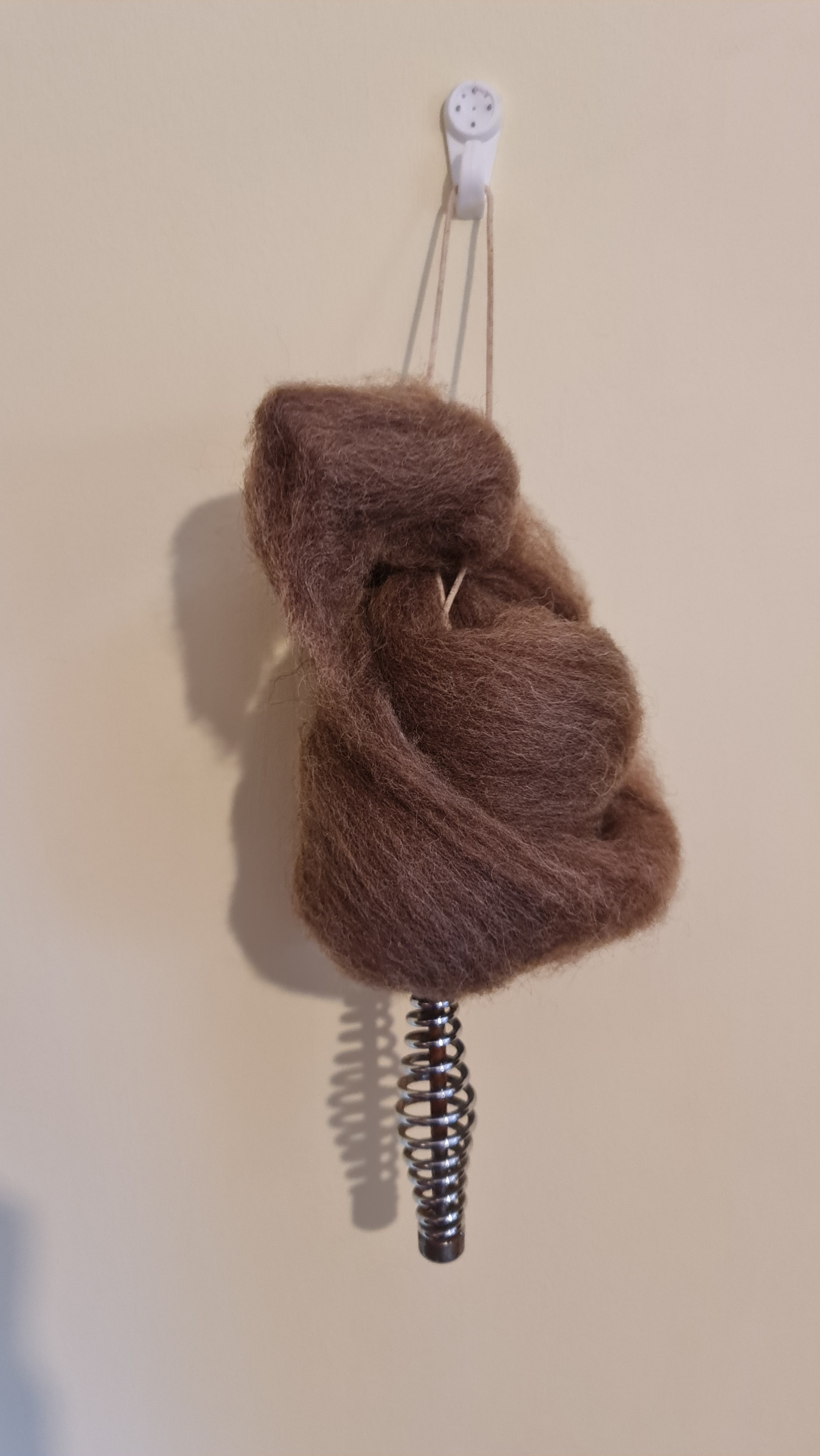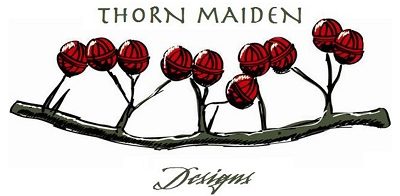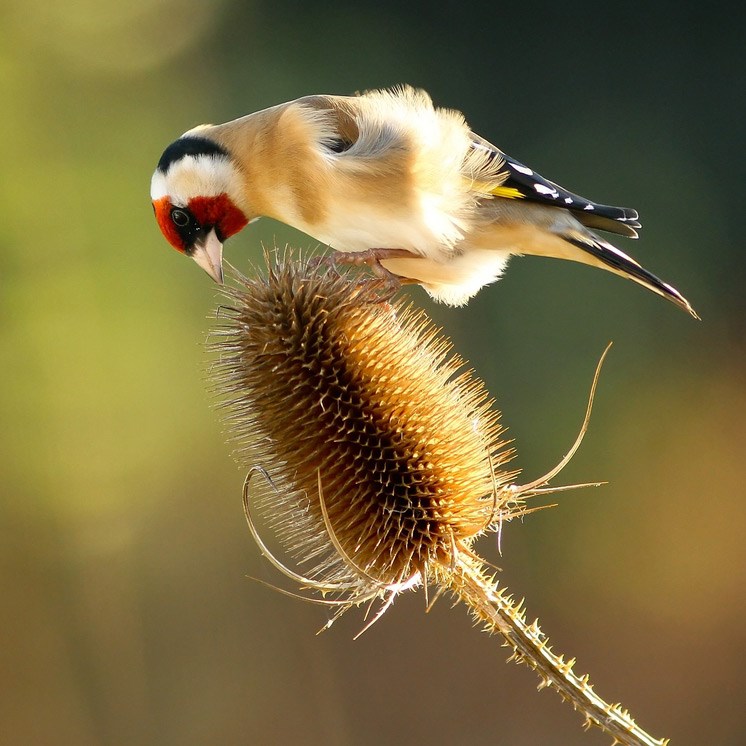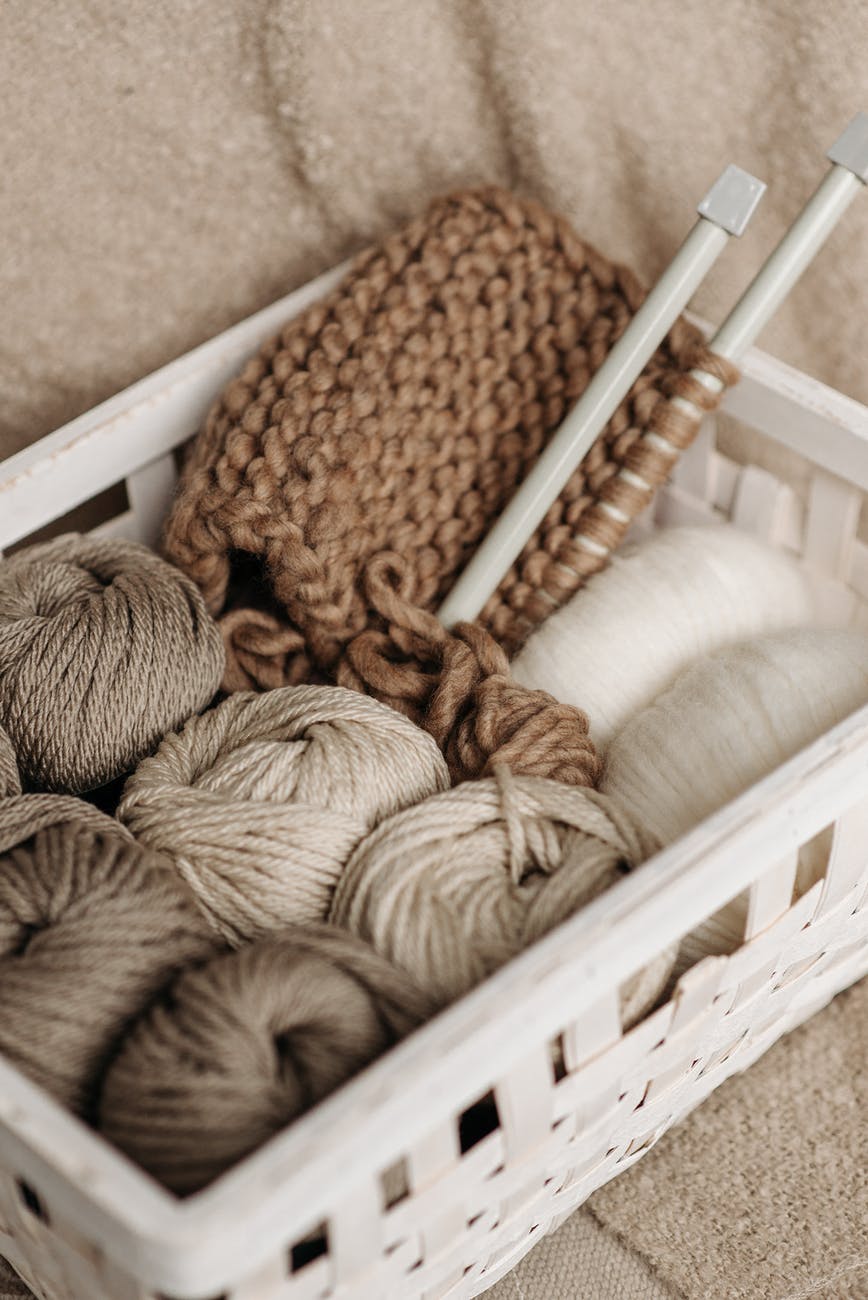I do! I will!

 I’ve been having a go at dyeing wool, using Kool-Aid (right, top) and food colouring and vinegar (right, bottom). I have loads of undyed 4ply which I am probably never going to use up otherwise. The plan is to double-ply it and knit and full (felt) myself a bag. I love Clarice Cliff so I just had to get a copy of Melinda Coss’s Art Deco Knits when it came up on eBay. I’ve had it for a while but the designs are so 80s that I’ll never knit anything from it. However, it would be a pity not to make something. So I thought bags. The first one with be a straightforward knit-up of a sleeve, but if/when I do more, I might try to mimic the shapes of Clarice Cliff’s pottery as well.
I’ve been having a go at dyeing wool, using Kool-Aid (right, top) and food colouring and vinegar (right, bottom). I have loads of undyed 4ply which I am probably never going to use up otherwise. The plan is to double-ply it and knit and full (felt) myself a bag. I love Clarice Cliff so I just had to get a copy of Melinda Coss’s Art Deco Knits when it came up on eBay. I’ve had it for a while but the designs are so 80s that I’ll never knit anything from it. However, it would be a pity not to make something. So I thought bags. The first one with be a straightforward knit-up of a sleeve, but if/when I do more, I might try to mimic the shapes of Clarice Cliff’s pottery as well.
 I wound off approximately 2oz (50g), skeined it on the back of a chair and tied it loosely with waste acrylic yarn. I washed it in cool water with a little liquid soap, making up the dye bath while it soaked briefly. The Kool-Aid dye bath consisted of 2 sachets dissolved with cool water, in a microwaveable pot (I used a soon-for-the-bin micro pressure cooker) – except for the purple (top, far right) for which I used 4 sachets. The food-colouring dye bath was approximately half a bottle (20ml) of Supercook
I wound off approximately 2oz (50g), skeined it on the back of a chair and tied it loosely with waste acrylic yarn. I washed it in cool water with a little liquid soap, making up the dye bath while it soaked briefly. The Kool-Aid dye bath consisted of 2 sachets dissolved with cool water, in a microwaveable pot (I used a soon-for-the-bin micro pressure cooker) – except for the purple (top, far right) for which I used 4 sachets. The food-colouring dye bath was approximately half a bottle (20ml) of Supercook  food-colouring and a good glug of Sarson’s Distilled White Vinegar, in cool water. I didn’t bother rinsing the wool clear of the soap – I read somewhere that it actually might help the dyeing process – and lowered it into the dye bath, adding more water to make sure it was completely covered. A good shuggle of the pot to mix it up, then into the microwave for 2-minute bursts – mine has a default setting of 750W – with 2mins rest between, when I poked it a bit with a whisk to keep it under the bath. For most, the dye bath was clear after about 4 or 5 bursts like this. I then left the wool in the depleted dye bath overnight to cool, though it only needs to reach room temperature. I washed the wool gently in cool water to remove any excess dye, and left it to dry on a radiator. I’ve double plied two already into pullcakes with my Daruma
food-colouring and a good glug of Sarson’s Distilled White Vinegar, in cool water. I didn’t bother rinsing the wool clear of the soap – I read somewhere that it actually might help the dyeing process – and lowered it into the dye bath, adding more water to make sure it was completely covered. A good shuggle of the pot to mix it up, then into the microwave for 2-minute bursts – mine has a default setting of 750W – with 2mins rest between, when I poked it a bit with a whisk to keep it under the bath. For most, the dye bath was clear after about 4 or 5 bursts like this. I then left the wool in the depleted dye bath overnight to cool, though it only needs to reach room temperature. I washed the wool gently in cool water to remove any excess dye, and left it to dry on a radiator. I’ve double plied two already into pullcakes with my Daruma Home Twister (left).
Home Twister (left).
The results of the dyeing were overall pretty fabulous, even if I do tootle me own flute. The colours on the whole are clear and vibrant, and I’m particularly pleased with the good, dense black, which I really didn’t think would come out well at all. Instead, it’s about the best of the bunch, much better than the pic shows. The food-colouring green is lovely too – a nice strong organic sagey colour. I’m very fond of the Kool-Aid turquoise (second from left), and the red (second from right) is lovely and pure too. The food-colouring blue is a huge disappointment though, all patchy. It was my first attempt at food-colouring dye: on some advice from tinterwebs, I soaked it overnight in the dye bath before zapping it. Damn you, tinterwebs! Once more you bring me wrongness! It was actually worse than it looks now: I cooled it, added more blue and, in a fit of poorly-remembered colour-theory madness, a splash of red and zapped it again. It’s better, but it suffers from the madd colorz yet, poor fluff. Saying this, I could probably whip up a bidding frenzy of Wollmeisian proportions on Etsy with the foul stuff. Many’s the fool would promise me their firstborn* for it…
Next time, I will make sure to loosen up the strands within the skein, and tie them VERY VERY LOOSELY indeed. So loosely indeed that they were virtually UN-tied. Even though I thought I’d got them loose enough, they still affected the dye penetration on the first batch. It doesn’t matter much, since I’ll be using them double-plied and then felting.
The Kool-Aid colours are, from left to right:
Orange and Lemonade (one sachet each) – light, bright orange
Berry Blue – turquoise
Lemon-Lime – bright sap green
Black Cherry – reddish-brown marroon
Watermelon Cherry – peachy pink
Tropical Punch – pure red
Grape – mid-purple. Not entirely successful.
Other craftiness: a forgotten pair of socks. Sue me. How many pairs have I done? These are claret, ribbed in the leg and down the top of the foot. And another pair, 5-row stripes in red and navy blue. And yet another: Tiny husband’s Regia Bamboo socks are finally finished. And as if that wasn’t enough, a dinky pair of ankle socks for Ickle Baby Cthulhu from the left-over Bamboo. The photos are crap. Don’t know what’s wrong with the camera.





 I also made myself a fake Fair Isle tam. Not that I couldn’t make a real one, but I saw the patterns and thought “Oooh!” and “An excuse to use some of that variegated Teddy Picasso** in the camouflage colourway that I unaccountably like so much, without people necessarily catching me out being hypocritical”. So I went at it like a demented thing, so maddened by the promise of fiendish skultammery goodness that I didn’t check stitch counts or anything, finished it in 24hrs – and promptly lost it to the offspring. Seriously. I spend ages working out significant and meaningful Aran symbols for a tam for him, and he won’t touch it. I risk my mental health at the eight legs of monstrous yarn
I also made myself a fake Fair Isle tam. Not that I couldn’t make a real one, but I saw the patterns and thought “Oooh!” and “An excuse to use some of that variegated Teddy Picasso** in the camouflage colourway that I unaccountably like so much, without people necessarily catching me out being hypocritical”. So I went at it like a demented thing, so maddened by the promise of fiendish skultammery goodness that I didn’t check stitch counts or anything, finished it in 24hrs – and promptly lost it to the offspring. Seriously. I spend ages working out significant and meaningful Aran symbols for a tam for him, and he won’t touch it. I risk my mental health at the eight legs of monstrous yarn 
 worshippers to make him a Spiderman hat that lies despised and cobwebbed in a corner until I give it to his friend Harryweb. Not to mention all the unbelievably cute little hats for which I don’t even have photos, because they got chucked out of the pram! But let me even day-dream about a hat for someone else – TH’s BS Johnson, my fake Isle tam, his Spiderman hat now that it’s Harryweb’s… – and he WANTS IT NOW. The bottom two pics are his response to mild suggestions that he give Mommy back her special hat.
worshippers to make him a Spiderman hat that lies despised and cobwebbed in a corner until I give it to his friend Harryweb. Not to mention all the unbelievably cute little hats for which I don’t even have photos, because they got chucked out of the pram! But let me even day-dream about a hat for someone else – TH’s BS Johnson, my fake Isle tam, his Spiderman hat now that it’s Harryweb’s… – and he WANTS IT NOW. The bottom two pics are his response to mild suggestions that he give Mommy back her special hat.
“Ye can tak awa ma dignity, but ye’ll nivver tak ma tam!!!”.***
TTFN
K
P.S. I treated myself to a spinning workshop for my birthday!! Now, once I get a proper spindle…
* – What, precisely, is the attraction of the firstborn? Why does everyone want them? Why the elaborate schemes to get their mitts on them? I say this as a firstborn myself. Though perhaps the fact that no cannibalistic witches/wrathful gods/strange little spinning men wanted me makes me bitter. And envious.
** – This is the DK version of the chunky Teddy Colourama for IBC’s ‘special jacket‘.
*** – Sunday Post Translation Services, Inc.

























